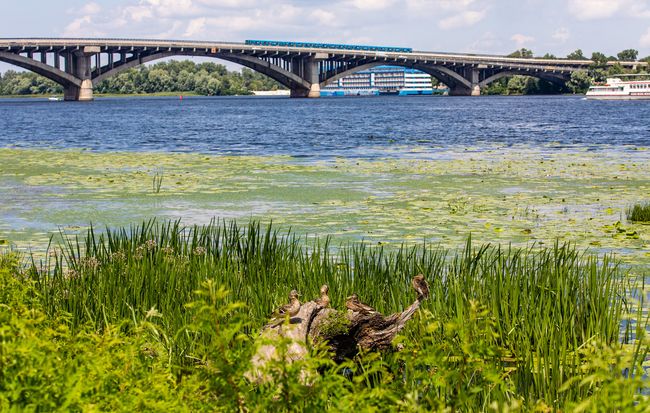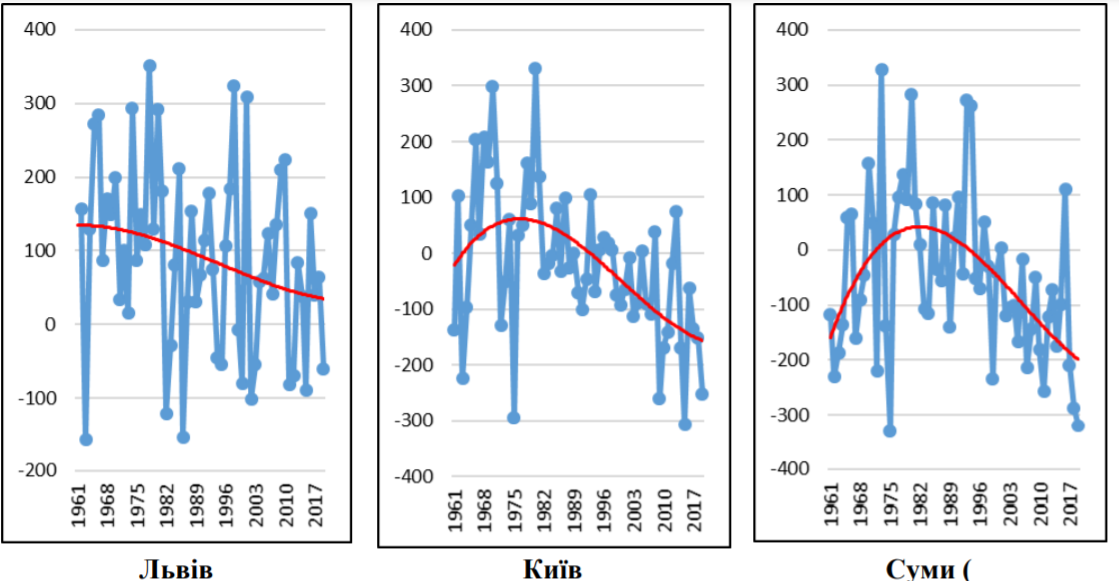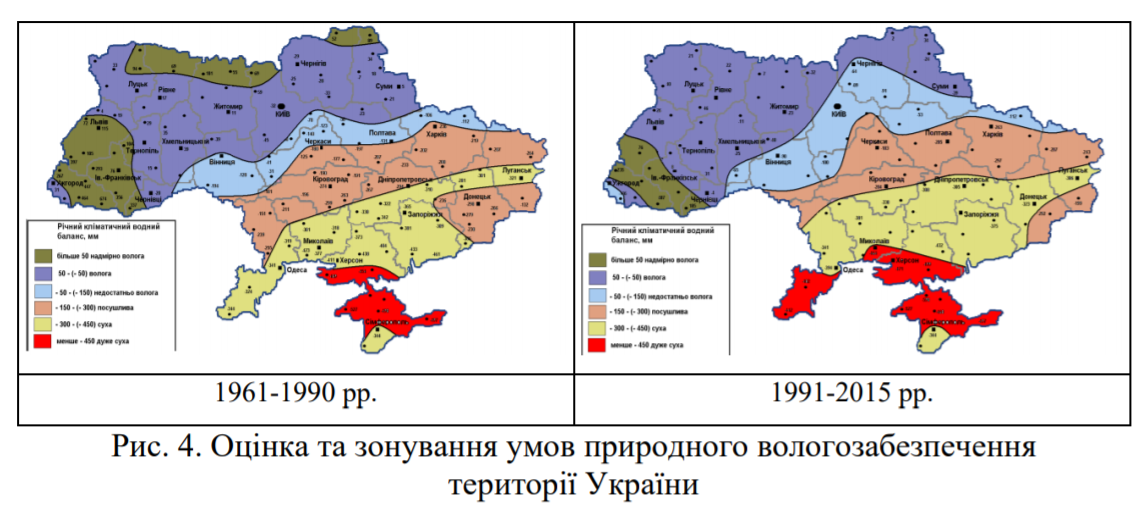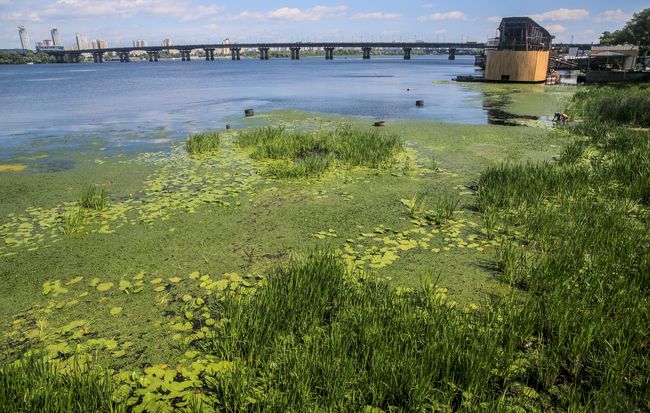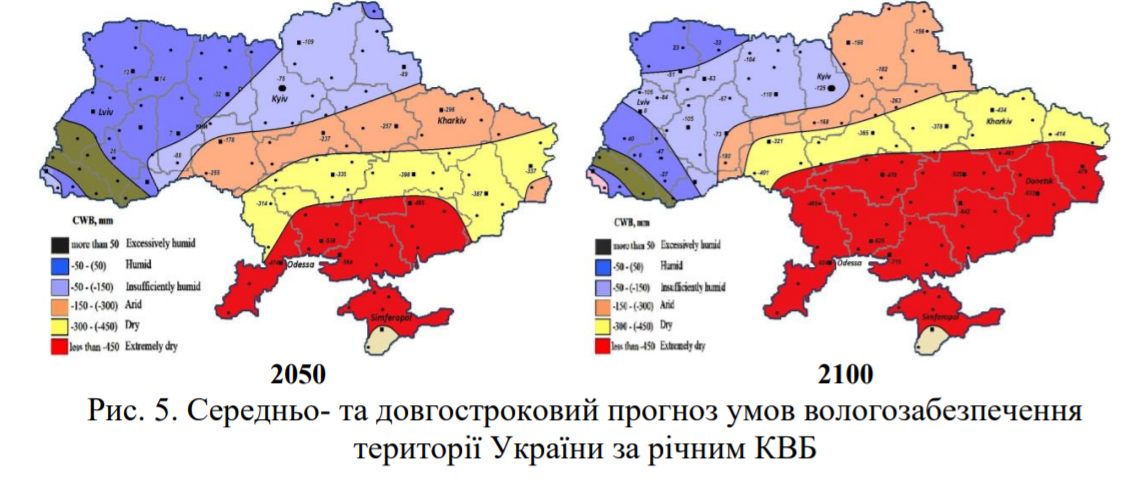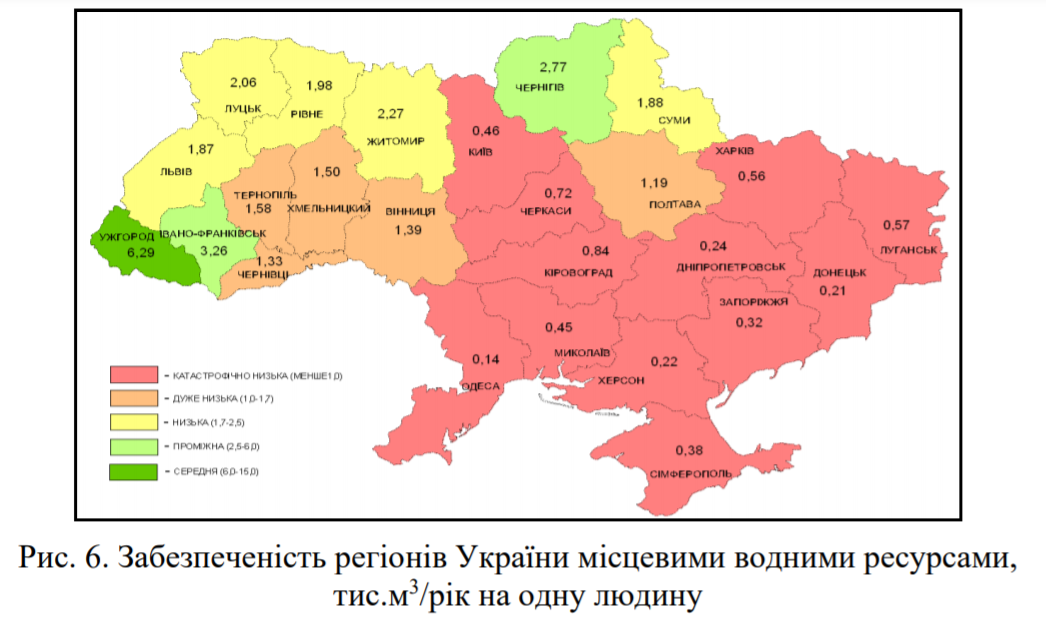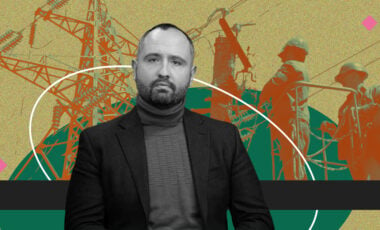Dnieper Day: in 6 years, we'll have to choose who gets water
Ecologist Maksym Soroka provided unique data on the level of pollution of the Dnieper, drying of rivers, and possible forecasts

Photo: day.kyiv.ua
Today is the Day of the Dnieper, the third-longest and largest river basin in Europe. The ancient river on which Kyiv was built was mentioned in Herodotus's works. In 450 BC, he visited the estuaries of the Dnieper, which was then called Borysthenes, where the Greek colonies were located. Even then, the river was used by merchants for trade rafting. It fed the settlements built on the slopes. The Dnieper was also mentioned by many poets from different centuries of our history.
Currently, the Dnieper is the major supplier of water in Ukraine, water intake is about 60% of the total in the country. Even as you read this sentence, about 14,000 cubic meters of water will pass through the mouth of the Dnieper; if you imagine the fire truck, we see every day on the city streets, it's about 800 full tanks of fire trucks every second. We use the largest river as a resource and literally squeeze everything out of it, i.e. utilities, metallurgical enterprises, fish ponds in the pool, hydroelectric power plants, agricultural holdings, and water transport; all live only at the expense of the Dnieper, but there's a great risk that everything may disappear if we don't address the environmental catastrophe today.
How do we use the Dnieper resources?
In 2020, almost 7.5 thousand enterprises collected 6.4 billion cubic meters of water from the Dnieper River basin, of which less than half — only 3.1 billion cubic meters — were "returned," including untreated and polluted water, the State Water Cadastre of Ukraine reports. Meanwhile, almost the 10th part, 227 million cubic meters of water were released contaminated, and only 776 million cubic meters were cleaned, the other 2 billion were only cleaned by the standard.
Where did the second half of the collected water go? Maksym Soroka, an expert on ecological safety, associate professor of the Department of Chemistry and Engineering Ecology at the Academician Vsevolod Lazarian Dnipro National University of Railway Transport, explains that some waters are transferred to other basins or used irreversibly, for example, in agriculture. Also, water is reused several times for some technological processes; this use goes to the intake, but there's no discharge. As for the "normatively purified water" that is returned to the Dnieper allegedly on legal grounds, Maksym Soroka explains that the normative purification means the enterprise declaring that the content of pollutants in the discharges doesn't exceed the permitted level. "I always have a lot of questions about this 'classification.' However, there's no other way," he says. Disappointing data show how "qualitatively" water is purified.
How safe is the Dnieper water?
The charts compiled by the Institute of Water Problems and Amelioration show the climatic water balance, the ratio of profits, costs, and water accumulation for the year, from 1991 to 2019. The red line indicates a decrease in the number of water resources in almost all regions of Ukraine. Positive water balance is observed only in some western regions, while in the country's north, its deficit is 77-80 mm; in the center, it's 159-222 mm, and in the south, it's more than 460 mm.
The data analysis shows that because of climate change in Ukraine, there's an extremely negative process of deterioration of total moisture conditions, as a result of which areas of excess moisture disappeared in the Polissia area, and in the south, the process of land desertification began. With this in mind, the territory of a country with insufficient moisture will increase to 56% and only 28% of the territory will meet wet and excessively humid conditions. The share of the country's territory with insufficient moisture may reach 71% against 50% in 1991-2015, and with sufficient moisture, it will decrease more than twice (34% in the modern period).
As the quantity of water decreases, including in the Dnieper basin, the concentration of harmful substances contained in the water increases. It's a bad trend because according to various estimates, 45 to 70% of the population drink water linked to the Dnieper basin.
Maksym Soroka compared the tables from the State Water Cadastre of Ukraine for 2011, 2016, and 2019 according to the level of water pollution by biogenic and organic compounds, heavy metals, and petroleum products. These are data provided by the companies themselves; of course, it's unprofitable to report excessive emissions, so, as Soroka said, it's the most "optimistic scenario," i.e. the minimum amount of harmful substances that can be found in water.
Biogenic group pollutants, BGP, i.e. nitrogen, nitrates, nitrites, and phosphates, are directly related to excessive water blooms. The more such compounds are in the water, as the expert put it, "the harder it is for water to stay alive," the more often and more heavily it blooms, which leads to the death of fish. The Dnieper is gradually increasing the amount of these substances. Between 2014 and 2016, according to Maksym Soroka, there was a short-term decline in their concentration, and it's most likely because some industries were temporarily out of order, and many companies didn't provide any reporting at all. But now the economy is recovering, and companies have begun to move to the "old capacity," which leads to increased emissions.
The situation with the number of heavy metal discharges is appalling. In 2019, 264 kilograms of lead, 24 kilograms of cadmium, 4,570 kilograms of copper, and almost the same amount of nickel, about two tons of manganese and chromium, and almost 5 tons of zinc were dumped into the waters of the Dnieper.
And although in 2016 the total amount of heavy metals released into the water seemed to decrease compared to 2011, this, again, was only a temporary trend since companies almost didn't report their activity: "As soon as they began to monitor more closely, the numbers went up again. There's significant pollution with toxic substances," says Maksym.
These heavy metals accumulate in the body, cause neurological diseases, cancers, affect the reproductive system, and generally have a toxic effect on all living organisms, not only humans but also fish that are raised in water and eaten.
The last group is persistent organic pollutants: synthetic surfactants or more simply, detergents, petroleum products, and fats/oils, heavy petroleum products: "As we can see, synthetic surfactants are declining and I can say that it's happening due to two factors: both people and businesses use a less amount of surfactants, but there's a flip side to the coin. The thing is that the method of instrumental measurement of surfactants was developed in the 70s, and it simply 'doesn't see' modern synthetic detergents," the expert explains.
Although the amount of oil released into water has decreased, it remains unsatisfactory: "Imagine that you came to the river with 2.5 tanks of oil products and dumped everything. And it's an optimistic forecast," Maksym Soroka comments.
But the worst indicators are the number of emissions of heavy oil products, fats, and oils. The number of such emissions to the Dnieper for the whole of 2016 increased from 1 kilogram to 3.5 tons. According to the environmentalist, it may have happened since companies have begun to report their activity honestly. These are the most harmful persistent organic pollutants that cannot be processed by any living organisms in water at all. They settle in the Dnieper sediments and remain there forever, reducing oxygen levels and killing river biota.
In 6 years we'll have to choose who won't receive water
Ukrainians are starting to save water. We decided to compare data on water use over the past years. Maksym Soroka compared information on the volume of water resources used from 2004 to 2018 from the Statistical Yearbook "Environment of Ukraine," that is prepared by the State Statistics Service, collecting information on accumulated water from various sources, including tax information. Thus, in 2004 a total of 9 billion cubic meters of fresh water was used, and in 2018, it was already 6.8 billion.
"We see a positive trend, as people are beginning to actively save and responsibly consume water resources. It's impossible to say for sure whether it's due to eco-modernization or price policy (the price of 1 cubic meter of water for the population), but people and industrial enterprises are gradually consuming less and less water to meet their own needs," the expert says.
Thus, since 2004, Ukrainians have started consuming almost 2 times less water for household needs. If in 2004 we spent about 2.5 billion cubic meters of water, in 2018, it was only 1.17 billion cubic meters.
As for industrial enterprises, unfortunately, there was no substantial reduction: 4.8 billion cubic meters were taken in 2004, and in 2018, it was 3.9 billion, but there's still a positive trend. According to Maksym Soroka, it happens due to the reduction of production capacity and more efficient use of water by some companies when they reuse water.
Irrigation data are starting to increase over the last 5 years. On the one hand, it's positive because it indicates agriculture development, and on the other hand, agriculture is the most unregulated area of water use in Ukraine, and there are many problematic issues. In the future, according to all forecasts, we'll face water shortages. If we continue to increase the use of water in agriculture, then we should understand that the question will arise: from whom to deprive this water? Should we give water to industry, people, or agriculture? In 6 years, we'll face the question of which of these three consumers we'll have to reduce the amount of water consumed because it won't be enough for everyone.
Surface water reserves available for use are unevenly distributed throughout the country. The supply of local water resources in some regions of the country differs almost 60 times: from 0.14 km3/year in the Kherson region to 7.92 km3 / year in the Zakarpattia region.


